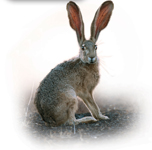
Black-Tailed Jackrabbit
Lagomorpha: Rabbit, hares, and pikas
Lagomorphs are entirely herbivorous. They differ from rodents by having two pairs of incisors in the upper jaw. Most lagomorphs have hind legs that are adapted for leaping.
Xenarthra: Edentates
The word edentate means “toothless,” which refers to the fact that some members of this group (sloths and anteaters) have simple teeth without enamel or no teeth at all. Armadillos, however, have more teeth than most other mammals! Examples: sloths, anteaters, armadillos
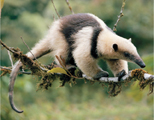
Northern Tamandua
Proboscidea: Elephants
These are the mammals with trunks. Some time ago, this group went through an extensive adaptive radiation that produced many species, including mastodons and mammoths, which are now extinct. Only two species, the Asian Elephant and the African elephant, survive today.
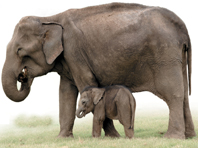
Asian Elephant and calf
Primates: Lemurs, monkeys, apes, humans, and relatives
Members of this group are closely related to ancient insectivores but have a highly developed cerebrum and complex behaviors.

Sifaka
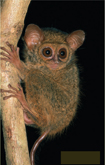
Tarsier

Langur
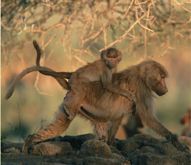
Baboon and baby
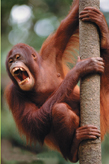
Orangutan
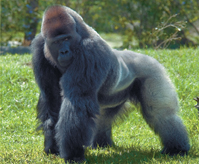
Gorilla
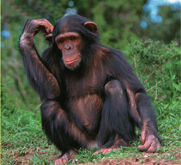
Chimpanzee
Appendices
Table of Contents
- Formulas and Equations
- Applying Formulas and Equations
- Mean, Median, and Mode
- Estimation
- Using Measurements in Calculations
- Effects of Measurement Errors
- Accuracy
- Precision
- Comparing Accuracy and Precision
- Significant Figures
- Calculating With Significant Figures
- Scientific Notation
- Calculating With Scientific Notation
- Dimensional Analysis
- Applying Dimensional Analysis




